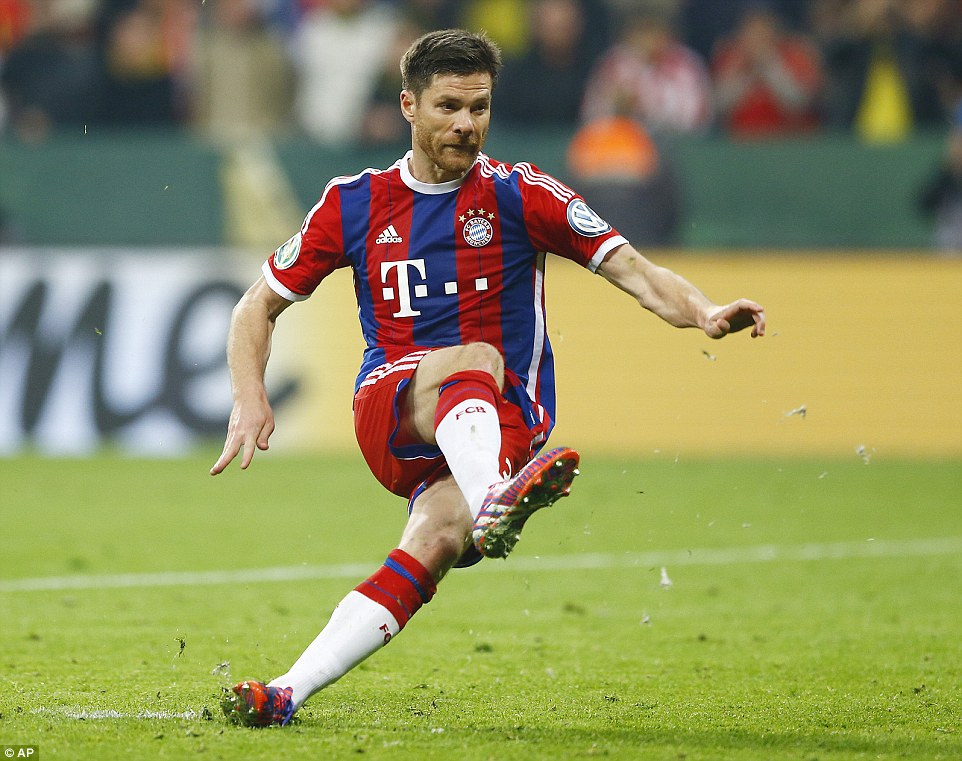
The Football Association’s failings on the pitch have begun to affect its commercial interests after negotiations on the England shirt deal reportedly left it unable to improve terms.
The FA, the world’s oldest national governing body in soccer, has a deal running to 2018 with the kit manufacturer Nike. Talks have been under way over an extension and, although final details have not yet been signed, it is believed agreement has broadly been reached on a new deal running to 2030.
Nike has resisted raising the financial terms in the new 12-year contract. The current arrangement is for £32 million per year and the next deal will reportedly be for 400 million Pounds, or £33.3m per year, which will constitute a decline in real terms after inflation. A spokesman for the FA said: “We do not comment on ongoing negotiations.”
Moreover, due to financial penalties built in to the deal, income from Nike might further fall if the senior England team fails to qualify for major international tournaments. It means England’s kit revenues could end up being markedly lower than those of the world champions, Germany.
The DFB German football confederation earns €50m per year from its deal with adidas, which raised its offer to the German national team earlier this year after Nike expressed an interest in the sponsorship rights. Like the FA’s new arrangement, the DFB contract also runs to 2030.
Yet neither England nor Germany, two giants of the international game, can compete with the biggest commercial properties in club football. Manchester United’s kit deal with adidas is worth £750m over 10 years and is augmented by another £47m per year from Chevrolet, their title sponsor, making it the most valuable kit property in the world.
However even United’s will be eclipsed in the 2017-18 season, when Barcelona’s recently signed £47m title-sponsorship deal with Rakuten begins. That will supplement the minimum €105m the La Liga side will earn until 2028 when the new kit-manufacturer deal with Nike begins in 2018. Winning the domestic or Champions League titles will further improve the financial rewards for Barcelona under a built-in bonus scheme.
Bayern Munich, the largest club in Germany, signed a deal with adidas in 2015 worth €900m until 2030. In Spain and Germany, though, it is only the top clubs that earn such large sums from their kits. In England by contrast, there are several taking tens of millions of pounds every year.
Arsenal takes £30m from Puma and Chelsea currently receive a similar sum from adidas. However that will double that sum from next season when they switch to Nike in a deal running to 2032. Liverpool, whose kit is supplied by Warrior, earn £25m per year in a deal that expires at the end of next season while Manchester City’s Nike deal is worth £15m per year.
But despite the huge numbers, these deals are good for the kit suppliers too. The top clubs and national teams sell a lot of shirts. This means the two biggest sportswear brands, Nike and adidas, are engaged in an arms race to be the biggest name in world football.
At the moment, despite being overtaken in almost every other sport, adidas just edges it in football. But it is not only about how many shirts a club will sell to its fans. Clubs are very clear about the “media value” they provide to the brands that are associated with them.
They have traded on the fact that players from top clubs appear on the sports pages of major newspapers and websites every day: exposure that has helped fuel the value of the shirt deals. This helps explain the value of UK shirt deals. The UK media has an enormous reach around the world and the profile of footballers wearing Nike and adidas in the pictures beamed globally via satellite feeds and media websites brings visibility to the brands associated with their clubs.
This was how Manchester United was also able to raise an incredible £20m per year from AON for sponsorship of their training kit and naming rights to the Carrington training ground. The commercial department at United recognized just how many pictures were being published of United players at the training ground and has monetized that visibility to the hilt.
It is not just about which clubs fans in the UK support any more. It’s about what people around the world are looking at. As Asia develops more-sophisticated consumer economies, people there have more disposable cash to spend on material stuff and leisure activities. As brands for aspirational individuals in those regions, high-profile sports properties like the top English clubs will continue to grow what they can generate from their commercial deals. Because the top players are not just footballers, they are walking billboards too.
By Matt Scott for The Sport Intern
This story first appeared in the blog, The Sport Intern. The editor is Karl-Heinz Huba of Lorsch, Germany. He can be reached at ISMG@aol.com. The article is reprinted here with permission of Huba.